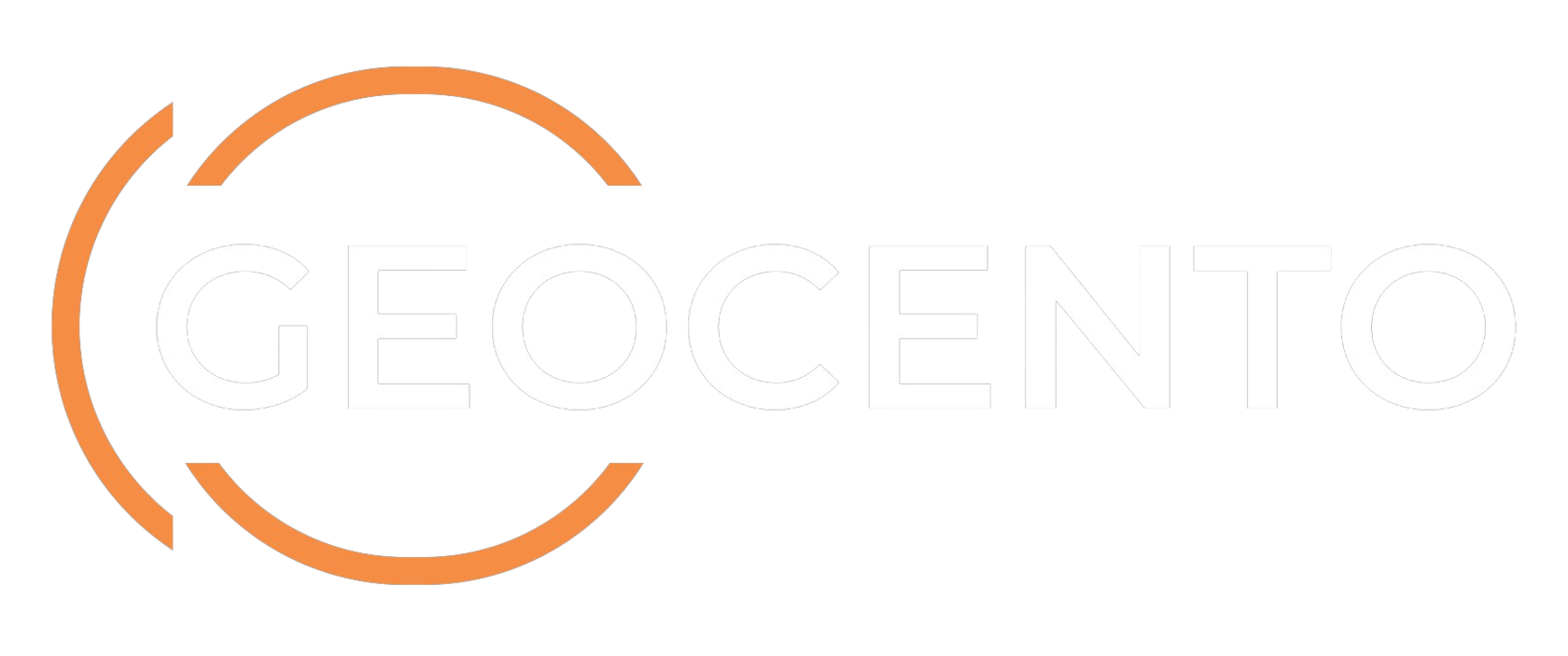
Is hyperspectral the new radar?
INDUSTRY INSIGHT
Written by:
Kim Partington
CEO of Geocento
Kim Partington
CEO of Geocento
Earth observation tends to go in waves as a new development rolls out across the market, and many have been facilitated by cubesat platforms and sensor miniaturisation. Traditional optical imagery was first, exemplified by Planet with revolutionary temporal and spatial sampling, and radar was next, with a number of companies now vying for poll position.
Is hyperspectral next? We believe that the answer is a qualified “yes”.
Hyperspectral imaging involves dividing up the electromagnetic spectrum into very fine imaging bands with many tens to hundreds of imaging bands. The result are maps of the “spectral signatures” of the Earth’s surface that are unprecedented in terms of intelligence with global information on compounds, minerals, soil conditions, etc. This elevates the intelligence on the surface far beyond what can be obtained from traditional 4 band imagery (red, green, blue and near infrared). It is analogous to recording a patchy version of a fingerprint to identify a person compared to a more complete version.
Is hyperspectral next? We believe that the answer is a qualified “yes”.
Hyperspectral imaging involves dividing up the electromagnetic spectrum into very fine imaging bands with many tens to hundreds of imaging bands. The result are maps of the “spectral signatures” of the Earth’s surface that are unprecedented in terms of intelligence with global information on compounds, minerals, soil conditions, etc. This elevates the intelligence on the surface far beyond what can be obtained from traditional 4 band imagery (red, green, blue and near infrared). It is analogous to recording a patchy version of a fingerprint to identify a person compared to a more complete version.
The field is already getting crowded. Germany’s EnMap hyperspectral satellite was launched on 1 April as a landmark scientific mission, which is already acting to stimulate interest in terms of commercial applications. HypeScan (Jilin-1 GP), HJ-1A and B and Gaofen-5, from the Chinese constellation are available for ordering, as is Satellogic’s Aleph constellation and OHS from Orbita Aerospace.
Credit: Courtesy of Jason Hopkins, Ordnance Survey
Sample 1. Aleph: Coast of South Korea
© 2022 Satellogic. All rights reserved
© 2022 Satellogic. All rights reserved
Wyvern, Pixxel, HySpeqIQ, Constellr, Orbital Sidekick and LatConnect 60 are commercial businesses looking to ride the commercial wave that will follow with constellations to optimise the temporal sampling while at the same time achieving high spatial resolution (of the order of 5m or better).
Many of these organisations are understandably focusing on the hardware, operations and performance of their planned missions. However, analysis of these data requires access to real expertise in hyperspectral imaging as well as consideration to image processing and algorithmic techniques, for example based on libraries of hyperspectral signatures. Investment in this now will pay dividends later, avoiding the frustrating situation of the data being available well before the techniques are implemented to exploit it. With hyperspectral, there really is a danger of not being able to see the wood for the trees, as well as potentially redundancy.
Please get in touch with the imagery expert team of Geocento if this is an area you are interested in. This is an area of focus for us right now and we are keen to talk to potential users as well as suppliers, with further development and addition of hyperspectral imagery to our EarthImages platform.
Many of these organisations are understandably focusing on the hardware, operations and performance of their planned missions. However, analysis of these data requires access to real expertise in hyperspectral imaging as well as consideration to image processing and algorithmic techniques, for example based on libraries of hyperspectral signatures. Investment in this now will pay dividends later, avoiding the frustrating situation of the data being available well before the techniques are implemented to exploit it. With hyperspectral, there really is a danger of not being able to see the wood for the trees, as well as potentially redundancy.
Please get in touch with the imagery expert team of Geocento if this is an area you are interested in. This is an area of focus for us right now and we are keen to talk to potential users as well as suppliers, with further development and addition of hyperspectral imagery to our EarthImages platform.
Sample 2. HyperScan: Mont Saint-Michel Bay, France
© 2022 HEAD Aerospace. All rights reserved
© 2022 HEAD Aerospace. All rights reserved

